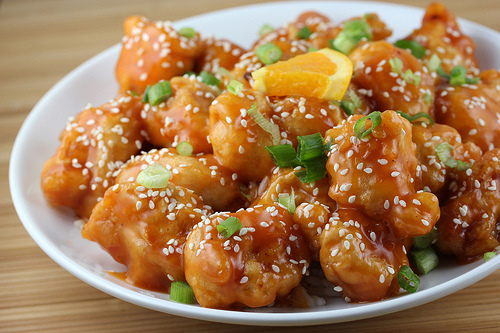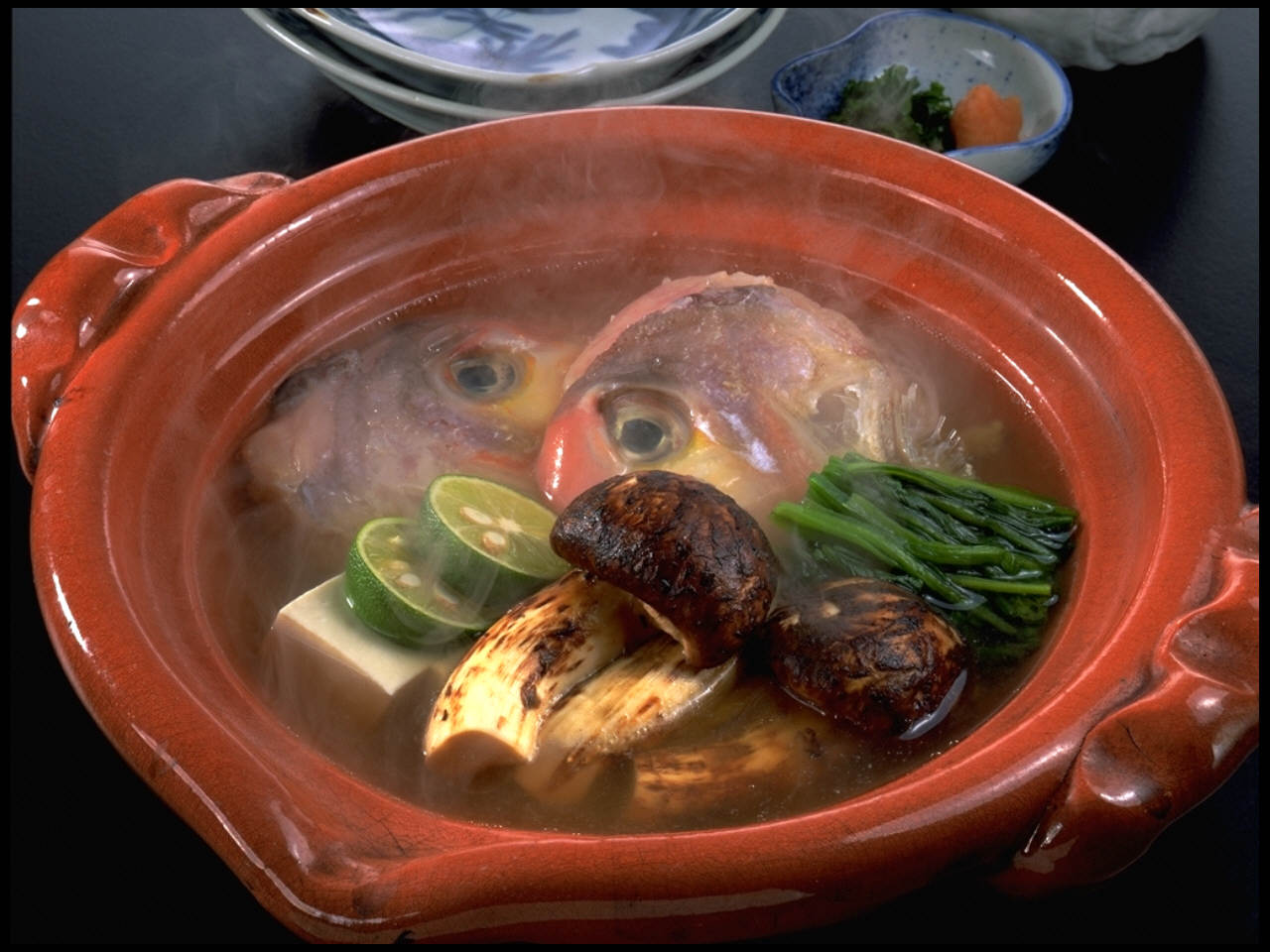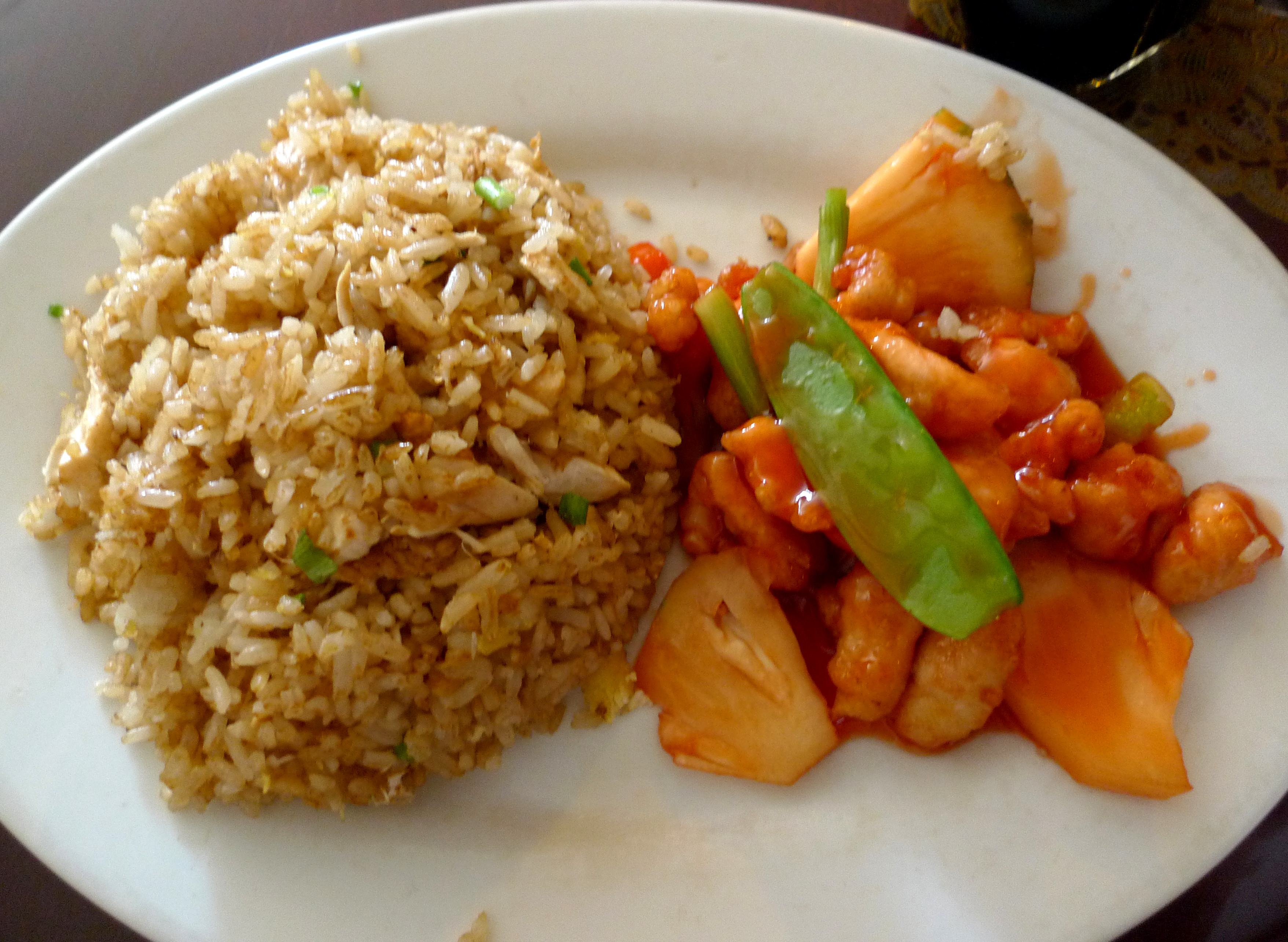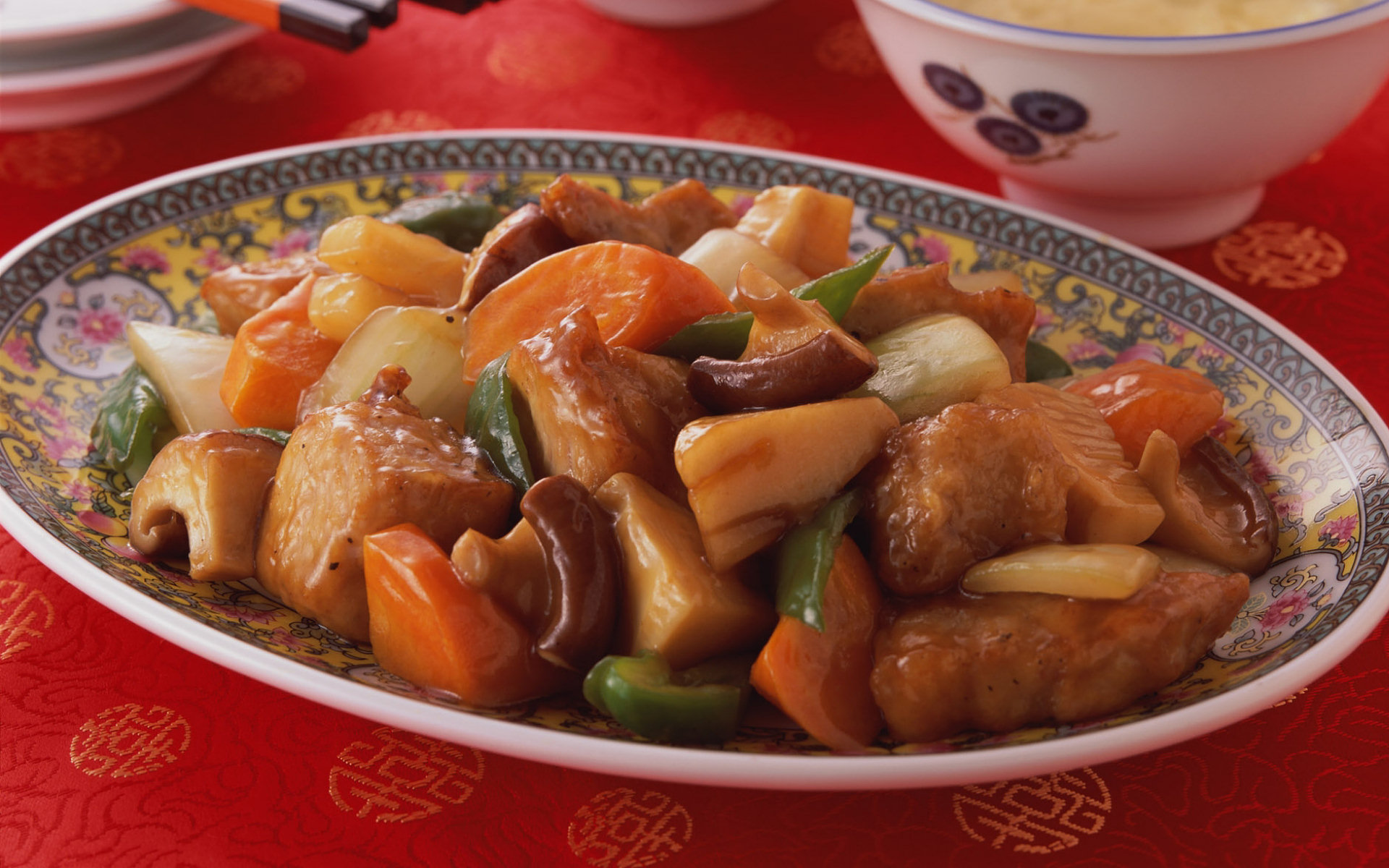Chinese Food Wiki Biography
Source(google.com.pk)The history of Chinese cuisine is marked by both variety and change. The archaeologist and scholar K.C. Chang says “Chinese people are especially preoccupied with food” and “food is at the center of, or at least it accompanies or symbolizes, many social interactions.” Over the course of history, he says, "continuity vastly outweighs change." He explains basic organizing principles which go back to earliest times and give a continuity to the food tradition, principally that a normal meal is made up of fan(饭/飯) (grains and other starches) and cai(菜) (vegetable or meat dishes).[1]
The Sinologist Endymion Wilkinson sees a succession of incremental and successive changes that fundamentally altered the "richness of ever-changing Chinese cuisine". Four key developments were:[2]
The expansion of Han culture from the upland stretches of the Yellow River across a huge and expanding geographical area with climate zones ranging from the tropical to the subarctic, each providing new ingredients and indigenous cooking traditions;
An elaborate but continually developing traditional medicine which saw food as the basis of good health ("Food was medicine and medicine, food");
Constantly shifting demands from elites – beginning with the imperial courts and provincial governors but eventually expanding to include rich landowners, "scholar-gourmands", and itinerant merchants – for specialized cuisines, however far away from home; and
Continuous absorption of diverse foreign influences, including the ingredients, cooking methods, and recipes from invading steppe nomads, European missionaries, and Japanese traders.
The philosopher and writer Lin Yutang was more relaxed:
How a Chinese spirit glows over a good feast! How apt is he to cry out that life is beautiful when his stomach and his intestines are well filled! From this well-filled stomach suffuses and radiates a happiness that is spiritual. The Chinese relies upon instinct and his instinct tells him that when the stomach is right, everything is right. That is why I claim for the Chinese a life closer to instinct and a philosophy that makes a more open acknowledgment of it possible.[3]
Chinese cuisine as we now know it evolved gradually over the centuries as new food sources and techniques were introduced, discovered, or invented. Although many of the characteristics we think of as the most important appeared very early, others did not appear or did not become important until relatively late. The first chopsticks, for instance, were probably used for cooking, stirring the fire, and serving bits of food and were not initially used as eating utensils. They began to take on this role during the Han dynasty, but it was not until the Ming that they became ubiquitous for both serving and eating. It was not until the Ming that they acquired their present name (筷子, kuaizi) and their present shape. The wok may also have been introduced during the Han, but again its initial use was limited (to drying grains) and its present use (to stir-fry, as well as boiling, steaming, roasting, and deep-frying) did not develop until the Ming.[4] The Ming also saw the adoption of new plants from the New World, such as corn, peanuts, and tobacco. Wilkinson remarks that to "somebody brought up on late twentieth century Chinese cuisine, Ming food would probably still seem familiar, but anything further back, especially pre-Tang would probably be difficult to recognize as 'Chinese'".[4]
The "Silk Road" is the conventional term for the routes through Central Asia linking the Iranian plateau with western China; along this trade route passed exotic foodstuffs that greatly enlarged the potential for Chinese cuisines, only some of which preserve their foreign origin in the radical for "foreign" that remains in their name. "It would surprise many Chinese cooks to know that some of their basic ingredients were originally foreign imports," Frances Wood observes. "Sesame, peas, onions, coriander from Bactria, and cucumber were all introduced into China from the West during the Han dynasty".[5]
Classifications[edit]
Not long after the expansion of the Chinese Empire during the Qin dynasty, Han writers noted the great differences in culinary practices among the different parts of their realm. These differences followed to a great extent the varying climates and availabilities of foodstuffs in China. Many writers tried their hands at classification, but since internal political boundaries over the centuries did not coincide with shifting cultural identities, there was no way to establish clear-cut or enduring classifications or ranking of foods and cooking styles. Different ethnic groups might occupy only small areas, but their cuisines were included in systematic lists from early on. Certain broad categorizations are useful, however:
Northern & Southern Cuisine[edit]
Main article: northern and southern China
The primary and earliest distinction was between the earlier settled and relatively arid North China Plain and the rainier hill country south of the Yangtze River which were incorporated into the Chinese empire much later. First canals and now railroads and highways have blurred the distinction, but it remains true that rice predominates in southern cuisine and flour products (principally various noodles and dumplings) in the north.[6]
Four Schools[edit]
The "Four Schools" refers to Shandong's (called after its former polity of Lu), Jiangsu's (called Yang after its most famous branch), Cantonese (called after its former polity of Yue), and Szechuan's (abbreviated to Chuan) cuisines.
The cooking styles of other areas was then arranged as branches of these four:










No comments:
Post a Comment